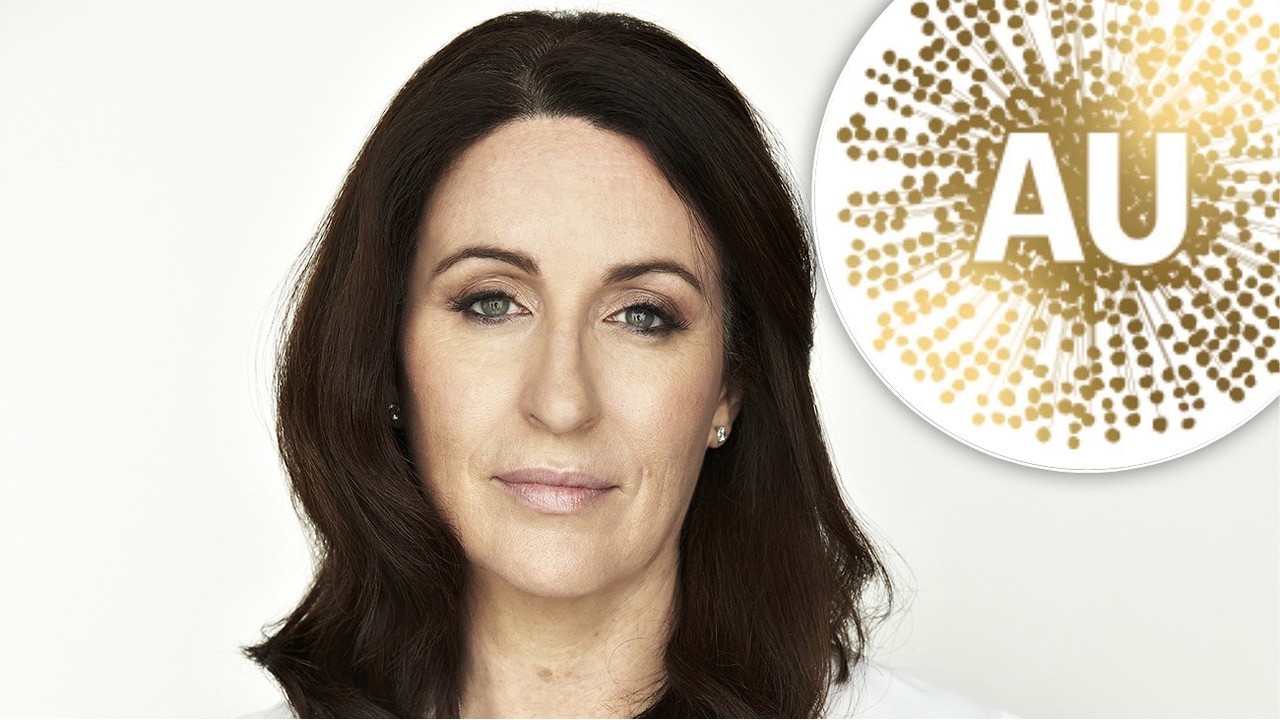An army should not be coy about its purpose
AN army that bans death symbols but promotes rainbow pins risks its credibility as a fighting force, and disrespects soldiers past and present, writes Miranda Devine.
MY grandfather Jack Magee fought on the Western Front in World War One with the Australian 51st Batallion.
A red-haired, broad-shouldered crack shot from the WA wheatbelt, he survived the savage battles of 1917-1918 which raged around French villages such as Pozieres, Mouquet Farm and Ypres.
At Noureuil, on April 2, 1917, he was wounded and awarded the Distinguished Conduct Medal (DCM) for “conspicuous gallantry and devotion to duty”. He was just 18 years old.
He was patched up in England and sent back to the front.
On Anzac Day 100 years ago, he was involved in the legendary attack on Villers-Brettonneux, which decimated the 51st.
By the time he returned to Australia at the end of the war, after a stint of officer training at Oxford University, he was not yet 22 and had spent 44 months in the AIF, including thirteen tours on the front line.
Of 97 men enlisted from the Kulin district of WA, 24 had been killed. He mourned his fallen mates for the rest of his life.
I only knew him as a taciturn old man, and he never mentioned the war, but my mother said he rarely mentioned it when she was growing up, either.
He went back to a quiet life on the family farm, apart from enlisting again in WWII, and the only reminders of war were the horse he called Fritz, a fondness for French baguettes and a reluctance to eat meat after he killed a sheep.
“Poor brute” he would say, as he slit its throat.

So, my gentle grandfather had killed with courage and valour but he was not a killer.
He probably would not have wanted to wear the kind of “death iconography” that Lt General Angus Campbell banned last week in a letter to all of Army.
I say this to try to understand where Campbell, AO, DSC, no armchair general like his predecessor but a seasoned former SAS squadron commander, might be coming from.
Campbell’s first act after being announced as new Chief of Defence last week was to ban Australian soldiers from displaying “symbols of death” or iconography glorifying war.
“On visits across army and our deployed forces I have occasionally come across the display … of symbols, emblems and iconography at odds with Army’s values and the ethical force we seek to build and sustain,” he wrote in a two page directive last week.
“I refer in particular to the use of what could be termed ‘death’ symbology/iconography such as the pirate skull and crossbones (maritime outlaws and murderers), the Phantom or Punisher symbols (vigilantes), Spartans (extreme militarism) or Grim Reaper (bringer of death).”
Campbell says such symbology “implicitly encourages the inculcation of an arrogant hubris and general disregard for the most serious responsibility of our profession: the legitimate and discriminate taking of life… As soldiers our purpose is to preserve the state, employing violence with humility always and compassion wherever possible.”
Employing violence with humility and compassion is a noble aim. Glorifying death does not honour our veterans, past and present, who often suffer from the deeds we require of them in war.

And yet, Campbell’s edict has gone down like a lead balloon, especially with those Australian veterans who served in Task Force Spartan in Afghanistan in 2006, a joint endeavour with the United States’ 10th Mountain Division. Are their JT Spartan caps now verboten?
And what about the RAAF’s C-27J Spartan Squadron operating the C-27J Spartan battlefield airlifter out of Richmond air base? What do they do about the “Spartan” on their Squadron patch?
The US Infantry has a Spartan combat brigade. Canadian military drills are named “Spartan Warrior”. The British use “Spartan” armoured vehicles.
Pirate skulls is one thing, but banning the Spartan mythology embedded in modern militaries is control freakery beyond the power of any general.
Memes mocking Campbell’s ban sprang up immediately in military circles last week, including a cartoon of Fred Jones, the leader of Scooby Doo gang, unmasking Campbell with the caption “Let’s see who the new CDF really is”. Lo and behold, underneath is David Morrison.

It would be easier to take Campbell at his word if he weren’t such a disciple of the diversity religion promoted by former Sex Discrimination Commissioner Liz Broderick, along with fellow “Male Champions of Change” Morrison and Qantas CEO Alan Joyce.
Morrison and Broderick’s social experiment to stamp out the male “Anglo Saxon” warrior culture in the Army destroyed good men, damaged morale and threatens our war fighting capability.
Unfortunately, as Chief of Army since 2015, Campbell appears to have drunk the Kool Aid, bollocking Army recruiters for not hitting diversity targets fast enough and authorising a rainbow-coloured Army Pride lapel pin provided to troops at taxpayer expense as part of the official uniform in honour of Sydney’s Gay and Lesbian Mardi Gras.
An army that bans Spartan symbols while promoting rainbow lapel pins has no credibility as a fighting force, and disrespects soldiers past and present.


